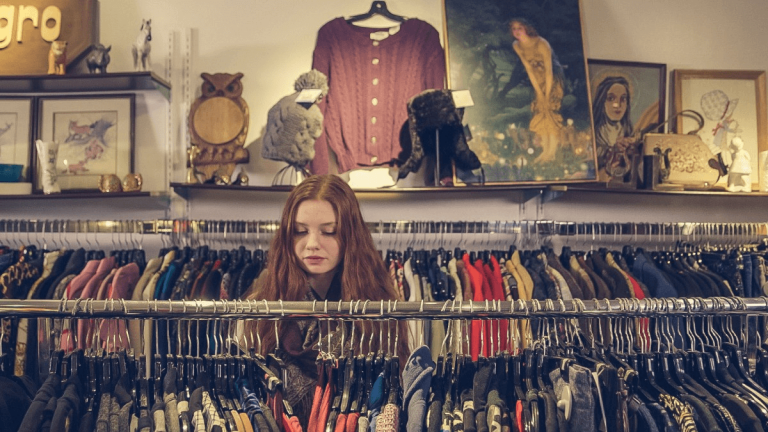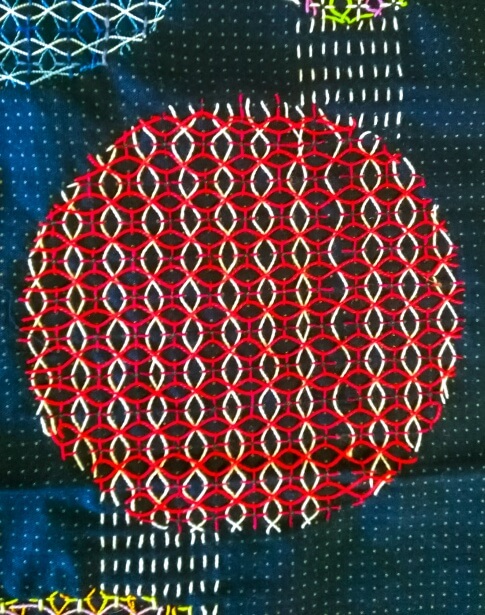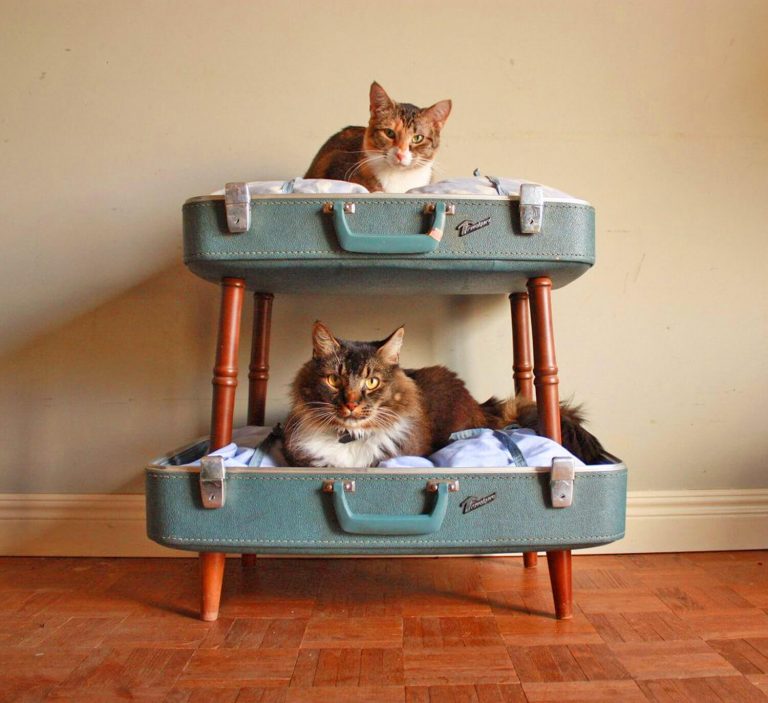Sustainable Living Tips
Being more “sustainable” feels like the word on everyone’s lips right now. From Greta Thunberg’s popularity and rise in profile shaking us into action (if someone so young can make changes, for sure I can right?!) to the discussion of global lockdowns reducing pollution and possibly affecting climate change. Having more time has given us a chance to reflect and consider what we can address in our lives and the impact we may have.
From our beauty routine and make-up choices, our transportation and how we get around, what we eat or how we dress. Each step of the day is a chance to make a difference. They may be small changes for you, but it all adds up.
There are a couple of key areas which I always find give me power, reminding me that what I do, does make a difference. Firstly, this should be fun! Make it a game with yourself, have a competition with your best mate, sister, or really competitive family member, over who can be the most eco-conscious! Who can find the most environmentally friendly toilet roll? Whoever finds it is Queen or King for the day and gets waited on hand and foot. Whatever floats your boat and makes it a game for you.
Secondly, your changes might be small, but if a few people do the same thing, then the change becomes bigger. For instance, if I am passionate and enthusiastic about the changes I’m making, I’m more likely to share them, which can encourage someone else to give them a try, thus, creating a bigger movement.
And thirdly, okay, I agree, individuals can’t make that large an impact, not by themselves. What is really needed, is for big businesses to make changes in how they operate. To see value and price in their environmental impact rather than just their profit margin. However, as individuals, we vote with our money every time we buy something, I’m going to say that again for those of you at the back, we vote with our money every time we buy something. Which puts the power in our hands. If you spend money with businesses whose morals don’t resonate with yours, you’re voting against yourself and the world you want to live in. For instance, if you love small independent brands but don’t shop with them and instead go to your biggest nearby supermarket, these big brands won’t change because there’s no need to. At the same time, the small indie won’t have enough money to stay in business. If we collectively make small changes and spend differently, big businesses will take an interest, because that’s where the money (i.e., the thing they love) is.
With that cleared up, let’s talk about sustainability. What does it actually mean? Eco-conscious, sustainable, fair trade, organic, environmentally friendly – these are all words that can get thrown around, not always with much meaning or clarity behind them. If you’re looking for a really clear breakdown, check out this article. Each business may have a different meaning, so if in doubt, ask. It’s an opportunity for businesses to clarify and improve their messaging, so they should be grateful you’re connecting with them.
We’re concentrating on sustainability and for the purpose of these tips, I’m using this as my meaning. Sustainable consumerism is a way of reducing the environmental impact of your purchases, the aim is to shop in a way where products have a longer post-purchase life and a reduced impact on the environment. This can be but is not limited to, reducing plastics, including synthetic and man-made materials which will not biodegrade, reducing the carbon footprint of bought items including the distance they have travelled, practices which reduce the use of virgin materials, keeping products out of landfills for as long as possible. Making each item something which can be used and produced indefinitely considering the impact on our planet.
I’m hoping I’ve got you on board!
Reduce
This one is simple, but not as easy as it appears. Simply buy less. We live in a world where we’ve been encouraged to shop the pain away, so for many, this is a habit, and much like biting your nails getting conscious of your behaviour is how to address this. One way to make yourself spending conscious is to wait 24 hours before you buy, only spend cash (easier said than done right now, I know) on items over a certain amount, £50 or £100 for instance. Hand over £100 in real money and you will feel that much more deeply than a tap of a plastic card!
Reducing what you buy also means buying better quality so you have key items which last, saving up for those beloved wish-list items and spending a little more on high-quality items which will last longer. Borrowing, swapping, altering items we already own or our friends have when we need something fresh
Reuse
This tip is second nature to any vintage lover! Buying second-hand items is a great way to improve sustainable living as it gives garments a second, third, fourth, or fifth lease on life as opposed to being discarded and put into landfills.
Many of the top worldwide vintage festivals include markets where you will find fantastic original vintage (secondhand) items. In some cases, you can find great deadstock items, brand new with labels and never worn, but rescued from landfill to live happily in your wardrobe. In the UK we have a range of day markets too, normally.
Since right now is the era of digital, online shops like Depop, eBay, Etsy, and Vinted all offer online marketplaces to buy once loved clothes looking for a new home. Some sellers sell directly through social media, for instance, TheCherryDollface, Shop From The Past both sell on their Instagram pages.
On a spending freeze? Why not host a clothing swap (you could also do this digitally and replace the much-loved Zoom Quiz for Friday night lockdown entertainment) gather up your no longer loved clothing, get your mates ready, quite possibly with a glass of something nice and share and swap.
If all else fails, donate to charities, it could be your local charity shop supporting an animal shelter. One of my personal favourites is SmartWorks, a UK charity that provides clothing and interview training for women from difficult backgrounds.
You could also source deadstock fabrics to make your own garments; some brands such as Lady K Loves and LoveUrLook source almost all of their fabrics from deadstock markets in order to provide sustainable products. Brands Offkut and Scrap Scrap also offer newly made items reusing unwanted fabrics and garments. In both cases, old materials are saved from waste and something new is created.
Recycle
I think of recycling as the end of life, there are loads more ideas further down this article on how to keep an item in some form. Sometimes your clothing or homewares (or car for that matter) might be too far gone, the item may have snuffed it. It might be beyond repair with nothing useful to create directly from it, but it can be destroyed, and the bare materials are used. How can you recycle the components? If you’re a maker, perhaps the buttons and zip have a use.
Fabrics and materials can be reused by scrap merchants. Reuseful takes scrap items and donates them for children’s play. Take items to recycling banks and old materials which no longer have life left in them will be used to create rags and stuffing for soft furnishing.
If in doubt, check with your local council to find the best ways to recycle old materials.
Repair
There is nothing worse than your favourite piece of clothing breaking, yet with vintage clothing, a basic understanding of sewing and garment construction is a little necessary! Whenever I’m out at a gig or festival, I have a small sewing kit in my handbag. I have made so many friends over the years fixing people’s dresses in the bathrooms. Particularly at Camber Sands in the UK! If you’re wearing vintage, be prepared and learn to sew. If learning to sew is not something you are interested in, get to know your local seamstress and see if your item can be repaired. This enables you to keep wearing the item instead of discarding it, improving sustainable living.
There’s some joy to be had with adding a patch, be it elbow patches in contrasting textures or colours on your favourite jumper, or even a patch to cover a hole on your favourite jeans! Lady K Loves jeans come with a patch in case you want to create a unique look or repair them in the future.
You can get beautiful with this too, bring in some unique embroidery skills utilizing the Japanese method of Sashiko stitching, shown below. You can get creative with this technique bringing in pattern and colour.
Re-style/ Re-purpose
I think of this as customization, creating something new from the components and materials I already have. It might be one item, or it might be a few items combined together to create something entirely different. This is a game to play, allow yourself to be a child with Lego and make anything you want! Don’t be held back by what it currently is, or that inner voice. Give it a go, what have you got to lose?
You can also make something new out of an unwanted item, such as an old tee into a cushion or baby grow. How about that dress that you love the print of, but accidentally spilled red wine on and can no longer wear? Try making it into a cushion cover, headscarf, handbag, top, or shorter skirt. Get creative, dig through YouTube and find a how-to video and give alterations and customization a go!
If you’ve more homewares to play with, play around with the original purpose of an item and what you could do with it. Suitcases were made for storage of your items when travelling, could you store things in them at home? Or take them apart and make them into pet beds, portable record players, cocktail bars, shelving, bedside storage, or any number of fun projects. Sustainable living can apply to all aspects of life and all household objects, not just clothing!
Recover
Can you save it? Perhaps that sofa you love is past its best days, but with some fresh fabric and new stuffing, it’s back to its original glory. Leather shoes can also often be saved (faux leather has come a long way in terms of production and longevity too). A deep clean, some leather dye, or the right polish and some fresh laces or hardware, and that old item is looking crisp again.
Rot
If you are lucky enough to have a garden, try out a compost bin or spot. Take a small amount of something made from natural fibres and bury it and a synthetic item. Go back in six months and see what’s left – biodegradable and natural items are so important because they will rot back into the earth, putting the nutrients back as they go.
When buying new, try to buy biodegradable clothing and avoid synthetic options. Non-biodegradable fabrics such as polyester, spandex, and nylon can take up to 200 years to biodegrade (you can read the full article on The Rise of Biodegradable Fashion here.)
I challenged myself not to buy brand new anything made of synthetic fabrics. At first, it was hard, then I became used to it and I don’t even think about it now. I just don’t want that option in my life. I do buy synthetics second-hand or if they are recycled fibres – hello new coat made from recycled plastic bottles!
Don’t feel guilty if you want to buy that gorgeous dress that may not be made from biodegradable fabrics – remember the initial aim is to become more sustainable!
Hopefully, you feel encouraged and excited to get moving on your sustainable journey. And it is a journey, one small step and one small change, over time compounds into big changes.
I believe that sustainable shopping, fashion, style, and a sustainable lifestyle, are an integral part of vintage style. Long gone are the days when eco-fashion was solely made up of kaftans or long shapeless hemp clothing in natural colour tones showcasing all the browns and beiges the world has to offer, unless this is your thing in which case embrace it. With new technologies, practices, and developments, interwoven with traditional methods and a mindful approach to shopping, you can create a sustainable wardrobe, home, life, and still look and feel like the vintage vixen you know you are.





